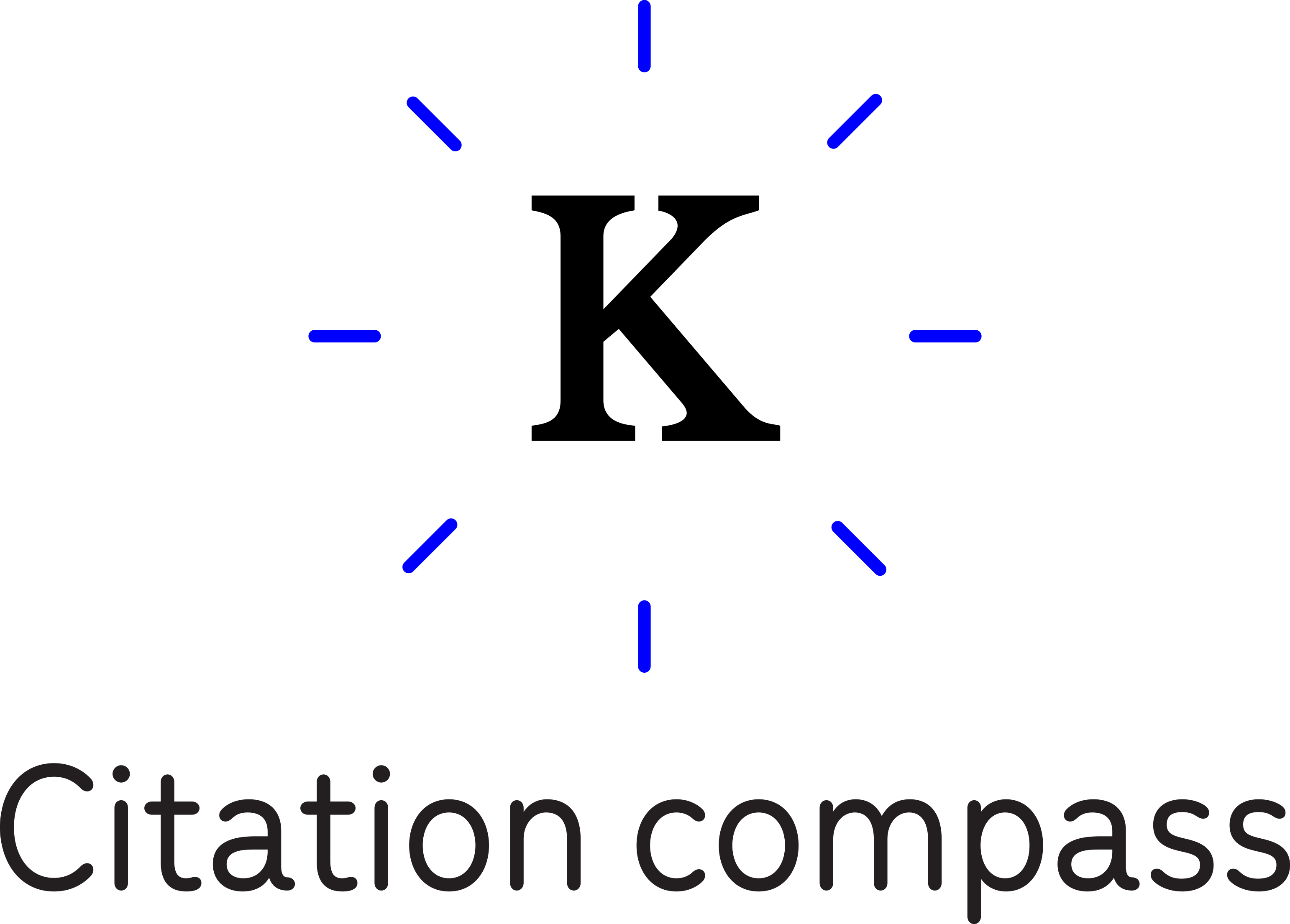OBSOLETE – What is a scholarly article?
Scientists publish scientific articles to show new research results.
A scholarly article should fulfill several requirements:
- Research results that are presented should give new insight into a subject.
- The results must be verifiable, so that they may be used in further research.
- The scholarly article must be read, assessed and approved by the author’s peers before it is published. This is called peer review.
- The scholarly article must always contain citations and correct bibliography.
- New knowledge is built on existing knowledge, and a scholarly article will always cite the previous research it is built on. This is done by citations and bibliographies.
- A scholarly article is most often published in a scholarly journal, published by a publishing house or an organization, but it may also be published in a scholarly anthology (a collection of articles with an editor).
- A scholarly article should be written in a language that many understand.
How to check your sources:
- The scholarly article must be peer-reviewed. On the publisher’s website, you can find out if a journal has been peer-reviewed. Here is an example of the journal Nature and of Nordic cultural policy journal.
- A scholarly article should be written in a language that many understand. If the article is of international interest, it is often written in English.
- Always check that the bibliography is easy to follow and correct. The references should be given in such a way that you easily can retrieve the given sources. Here you will find examples of how references should be given.
- A scholarly article is structured and organized. It has good illustrations and clear figure texts and tables with text where necessary. Scholarly articles are often built on the IMRAD structure: Introduction, Method, Result, and Discussion.
- A scholarly article always has a good abstract that provides a description of the article’s content. The abstract is given at the top of the article, often in smaller font size.
- It must be clear where the article has been published. In what book or journal is the article found, and where in the publication? Note that the pages must be numbered.
- Modern articles should have a DOI (Direct Object Identifier). A DOI is used to locate an article online.
- It might be a good idea to consider how you located the article. Do you trust the webpage where the article was published? There are a number of journals that are published by questionable publishers. Read more here. Did you use a search engine like Google/Bing? If yes, you should check it thoroughly.
- Academic libraries’ webpages are good portals to high-quality information. You can also trust recommendations from your supervisor, or a referral from another peer-reviewed article.
Does the article follow the standard research design?
Scholarly articles are often built around the IMRAD structure: Introduction, Method, Result And Discussion
A Scholarly article should have:
- information about which journal the article has been published in
- clear title
- information about who the author is
- a good abstract
- description of methodology
- description of results
- good discussion
- clear figures and tables with text
- conclusion
- citations and bibliography
- good, objective language
- clear page numbers
Considering non-scholarly articles
Journal articles published outside the academic realm may also contain scientific information and news. These articles tend to be of a popular science style, and written to reach a wide range of readers. Hence, they are not as detailed and well-documented. Examples of this are journals like Geo, Sykepleien, Fontene, and similar. Such articles should be assessed with other criteria than a scholarly article.
Check:
- Is the source a balanced and objective account of the topic, or is it biased?
- Are there any conflicts of interest?
- Does the content challenge or confirm information you already have?
- Are the arguments and reasoning reasonable and structured?
- Liste element #1
- Liste element #2
- Liste element #3
